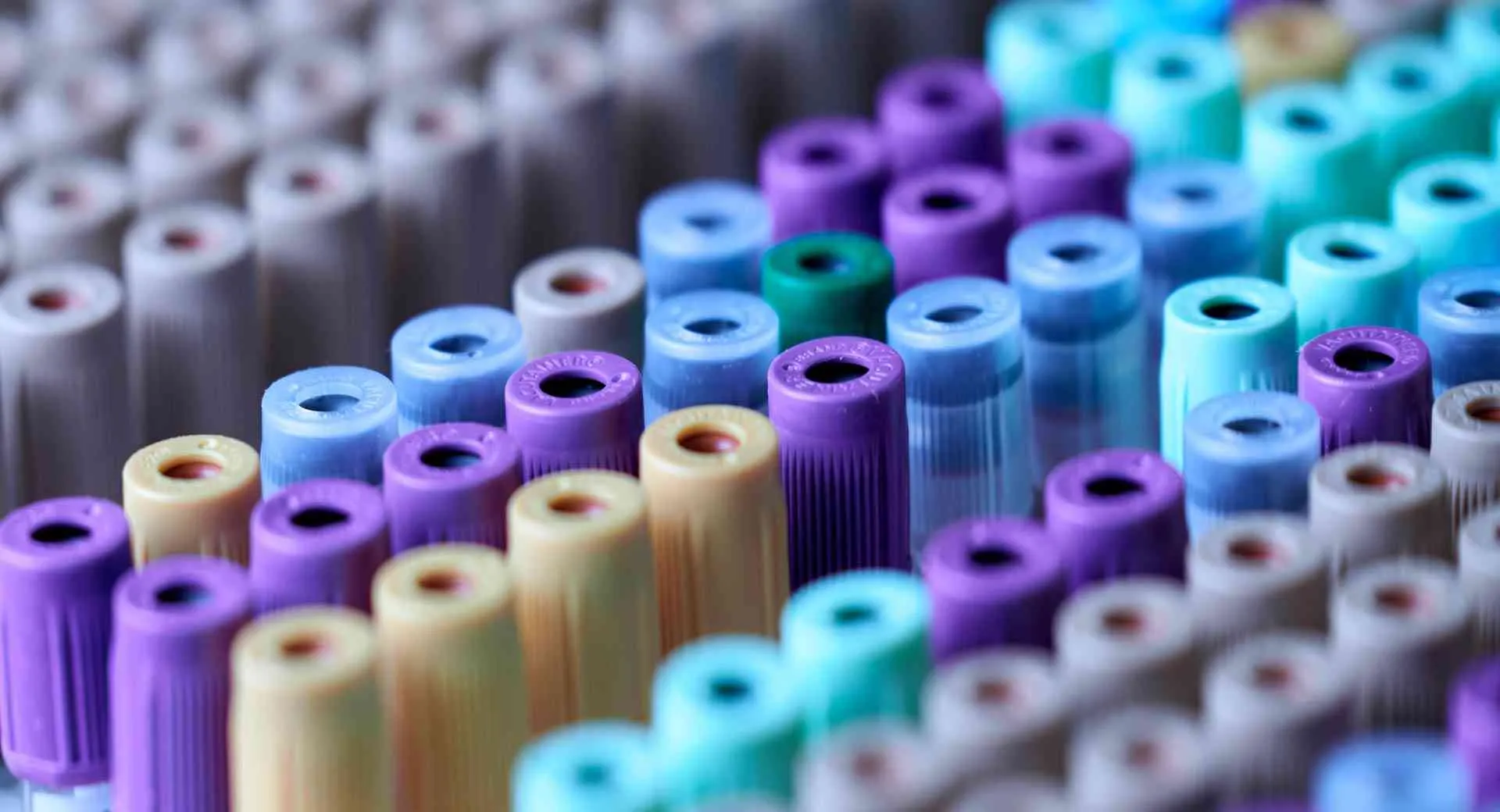Creative PEGWorks developed a series of amphiphilic, surfactant-like PEG derivatives and they are now available…

What Is PEG Aldehyde?
Polyethylene glycol aldehyde, often referred to as PEG aldehyde, is a chemical compound that has gained significant attention in recent years due to its versatility and wide range of applications. This article explores the world of PEG aldehyde, delving into its properties, various applications, and the safety considerations surrounding its use.

Table of Contents
Understanding PEG Aldehyde
Polyethylene glycol aldehyde, abbreviated as PEG aldehyde, is a member of the polyethylene glycol family. It is a linear polymer with repeating units of ethylene oxide (-CH2-CH2-O-) and a terminal aldehyde group (-CHO).
The structure of PEG aldehyde consists of a hydrophilic “PEG ” segment and a hydrophobic aldehyde group.
The molecular weight of PEG aldehyde can vary widely, depending on the specific application and desired properties. PEG aldehydes can be synthesized with different molecular weights, typically ranging from 100 to 20,000 g/mol.
Properties of PEG Aldehyde
Solubility
PEG aldehydes are highly water-soluble, owing to the hydrophilic nature of the PEG segment. This solubility makes them compatible with a wide range of aqueous systems.
Reactivity
The terminal aldehyde group in PEG aldehydes is a highly reactive functional group. It can participate in various chemical reactions, making PEG aldehydes useful in the development of advanced materials.
In one study conducted by Vardar et al, they recorded the synthesis of glucose oxidase-PEG aldehyde conjugates and the resulting improved stability:
“The GOD-PEG aldehyde conjugate with polymeric chains exhibited reduced enzymatic activity towards the catalytic oxidation of glucose, but with significantly increased thermal stability and elongated lifetime. When GOD was modified with PEG aldehyde the enzymatic activity was decreased 40% at 30 °C. However, when incubated at 60 °C the GOD-PEG aldehyde conjugate still retained the enzyme bioactivity of 40% bioactivity left after 4 h, whereas the native GOD lost almost all the activity in 4 h. The polymer chain attached, the more reduction of the enzymatic activity resulted, however, the longer the lifetime and higher thermal stability of the enzyme obtained.”[1]
Molecular Weight
The molecular weight of PEG aldehyde can be tailored to suit specific applications. Lower molecular weights are often preferred for drug delivery systems, while higher molecular weights find applications in the formulation of functional coatings.
Biocompatibility
PEG aldehydes are known for their biocompatibility, which makes them suitable for use in pharmaceuticals and medical devices. They are less likely to elicit an immune response, making them a safer choice in many biological applications.
Applications of PEG Aldehyde
PEG aldehyde is available in varying molecular weights and structures, which can be used for a multitude of applications. We supply high-purity mPEG aldehyde, 4-arm PEG aldehyde, hyaluronate aldehyde, and aldehyde-peg-aldehyde to help fuel your research and production. Learn about the most common applications of PEG aldehyde below.
Drug Delivery Systems
PEG aldehyde has found extensive use in drug delivery systems. By conjugating therapeutic molecules with PEG aldehyde, it is possible to improve the stability and bioavailability of the drug. PEGylation, as it is commonly called, can extend the circulation time of drugs in the bloodstream, enhancing their efficacy.
Tissue Engineering
In tissue engineering, PEG aldehyde is utilized for the modification of biomaterials. The aldehyde group can be used to cross-link proteins or peptides to create three-dimensional matrices that mimic the extracellular matrix, facilitating cell growth and tissue regeneration.
Surface Modification
PEG aldehydes are employed in surface modification techniques to create functional coatings on various substrates. These coatings can be used to enhance the properties of materials, such as anti-fouling, anti-corrosion, or adhesion promotion. The aldehyde group’s reactivity allows for the attachment of other functional groups to the surface.
Bioconjugation
PEG aldehydes serve as important reagents in the field of bioconjugation. They can be used to label biomolecules like proteins and peptides with other molecules, such as fluorescent dyes or biotin, for various experimental and diagnostic purposes.
Chemical Synthesis
In organic chemistry, PEG aldehyde can be used as a reagent for various reactions. Its reactivity makes it valuable for the synthesis of diverse compounds, including pharmaceutical intermediates and specialty chemicals.
Bioorthogonal Chemistry
PEG aldehyde is a key player in bioorthogonal chemistry, a field that focuses on chemical reactions that are compatible with biological systems. These reactions are useful for labeling and manipulating biomolecules in living organisms.
Final Word: What Is PEG Aldehyde?
PEG aldehyde, a versatile compound with a broad range of applications, has significantly impacted the fields of drug delivery, tissue engineering, surface modification, bioconjugation, and organic chemistry. Its unique properties make it a valuable tool for researchers and scientists working in diverse industries.
Whether you’re working with a research team, university, or a biomedical company, you can rely on Creative PEGWorks for the provision of high-quality PEG products. We provide tailored synthesis options and even offer expedited shipping, ensuring your materials are at your doorstep without delay. Explore the extensive assortment of PEG reagents available at Creative PEGWorks today—should you have any inquiries or require assistance, don’t hesitate to reach out to us via the contact form below!
References
1.Vardar G, Altikatoglu M, Basaran Y, Işıldak İ. Synthesis of glucose oxidase-PEG aldehyde conjugates and improvement of enzymatic stability. Artif Cells Nanomed Biotechnol. 2018;46(4):788-794. doi:10.1080/21691401.2017.1345920
Related Posts
- Surfactant-like PEG Derivatives for Drug Delivery
- Biodegradable PEG Dendrimers
Creative PEGWorks is now offering a series of PEG Dendrimers with biodegradable building blocks. Dendrimers…
- Bifunctional Multi-Arm PEG Products
Our Multi-Arm PEG Products 4-Arm PEG-X/Y Bifunctional 4-Arm PEG reagents have two functional groups X/Y…
